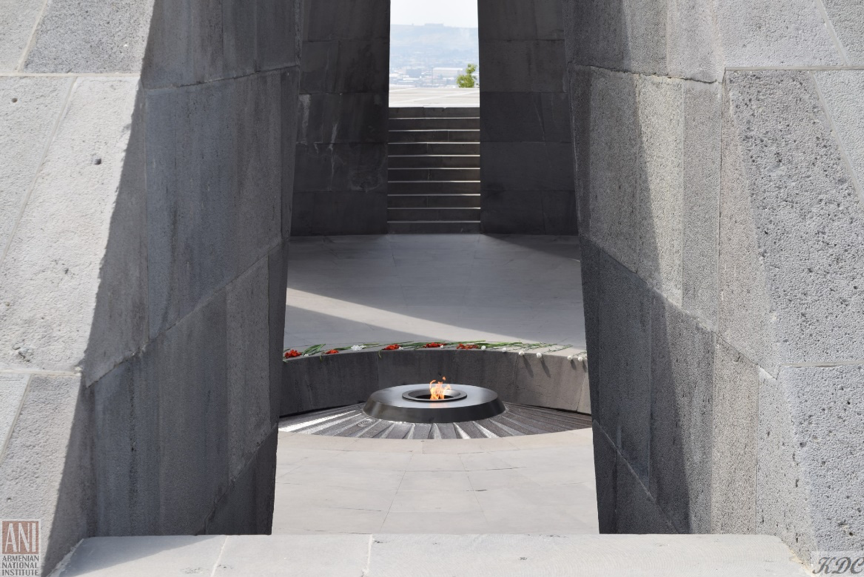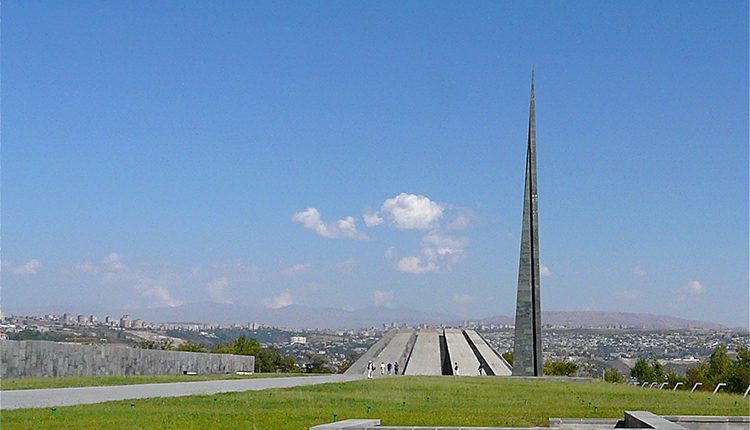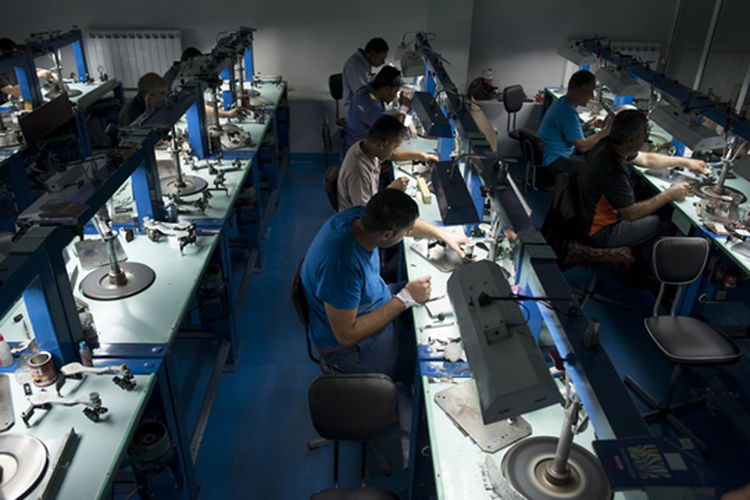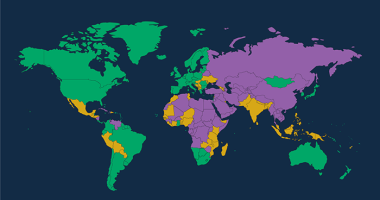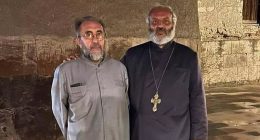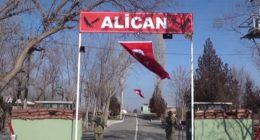|
Washington, D.C. – After extensive research and the gift of a major cache of photographs of Armenian Genocide memorials from around the world, the Armenian National Institute (ANI) website presently displays 327 memorials in 45 countries.
The 2015 centennial commemorations of the Armenian Genocide presented a somber occasion for many communities to install new memorials. The database previously accounted for 200 memorials in 32 countries. The new figures represent a 60% growth in the number of memorials in an additional 13 countries around the world. Also, 74 existing postings have been updated with new information. All these can be viewed in close detail with the 650 images that have been added to the existing database.
The database provides information about each memorial, a description of the type, its location, the year of installation, a transcription of important inscriptions, and additional details if available, such as the artist, sculptor, or architect, sponsors, official visitors, and amenities. The database also has a search function according to the type of memorial or the city in which a memorial is located.
Memorials are documented in as diverse a set of countries as Brazil and Bulgaria, Chile and Cyprus, Estonia and Ethiopia, Ireland and Italy, Singapore and Slovakia, and Ukraine and Uruguay. To the same extent that Armenian churches indicate the existence of diaspora communities, the Armenian Genocide memorials now also mark their location and attest to the depth of the Armenian people’s commitment to honoring the memory of the victims of the 1915 atrocities.
|
  |


The full list of countries on the ANI site includes: Argentina (7); Armenia (44); Australia (7); Austria (4); Belgium (2); Brazil (3); Bulgaria (6); Canada (9); Chile (2); Cyprus (4); Czechia (1); Denmark (1); Egypt (3); Estonia (1); Ethiopia (1); France (45); Georgia (3); Germany (14); Greece (2); Hungary (3); India (1); Iran (8); Ireland (1); Israel (3); Italy (8); Latvia (1); Lebanon (14); Mexico (1); Nagorno-Karabakh (Artsakh) (3); Netherlands (2); Poland (2); Romania (2); Russia (10); Singapore (1); Slovakia (2); Spain (4); Sweden (2); Switzerland (3); Syria (7); Ukraine (5); United Arab Emirates (1); United Kingdom (4); United States (74); Uruguay (4); Venezuela (1)


Besides Armenia, where 44 memorials have been documented, 29 of which were recently added to the database, countries with a large number of memorials include France, with 45 documented sites, of which 29 were added, Germany with 14, most of which are recent installations, Lebanon with 14, some consisting of significant complexes, and the United States with 74 identified memorials, 25 of which were added.




